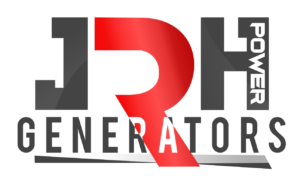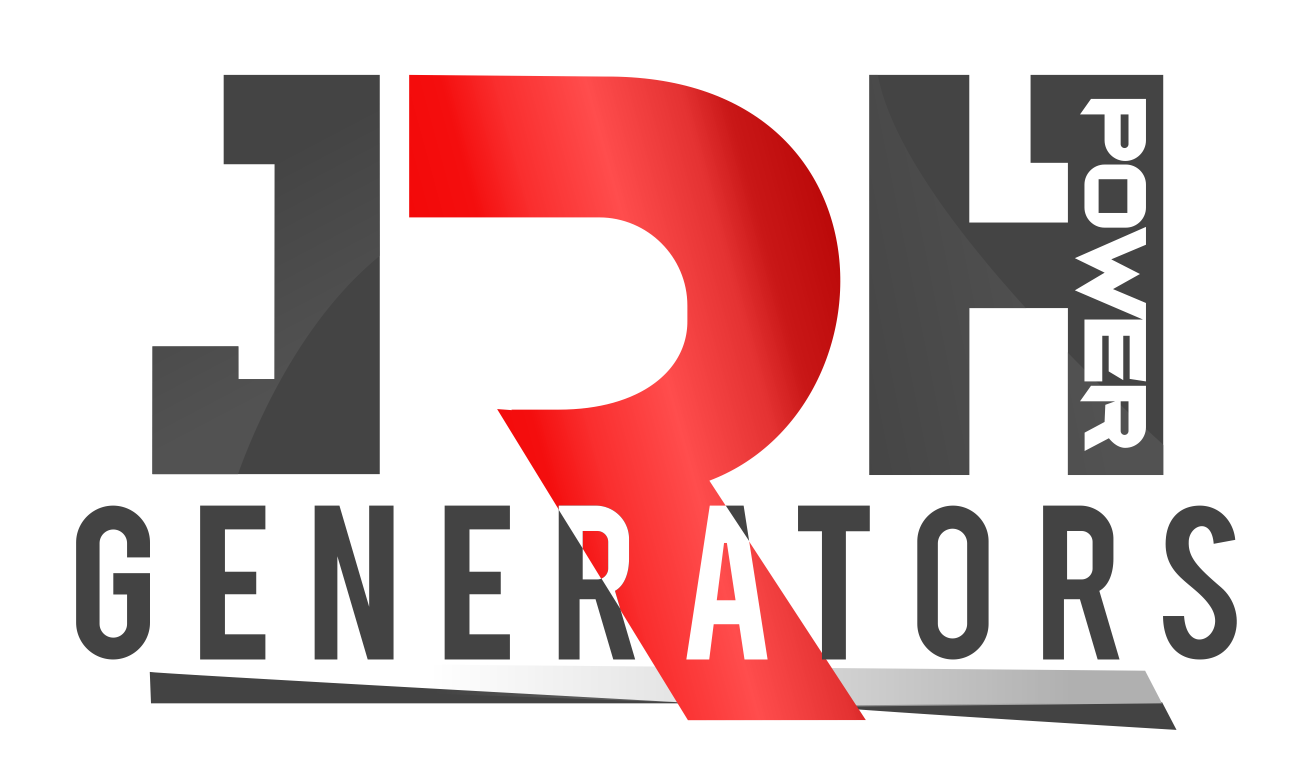Types of energy used in the home
Technology, considered as that activity through which the human being intervenes in his environment and makes it favorable for his survival and comfort, has shaped the way in which we make the world our home. Essentially, the technique is about the transformation and redirection of the types of energy found in nature to satisfy our desires.
Having tamed electricity and making it available to us, to the point that it is enough to plug an appliance into the wall outlet to use it at our discretion, is surprising. But a question arises, what types of energy do we find in our home? How is it possible that they are available to meet our daily demands?
To answer these questions it is necessary to consider what exactly energy is, how it is transformed and manipulated to make it functional.
Table of Contents
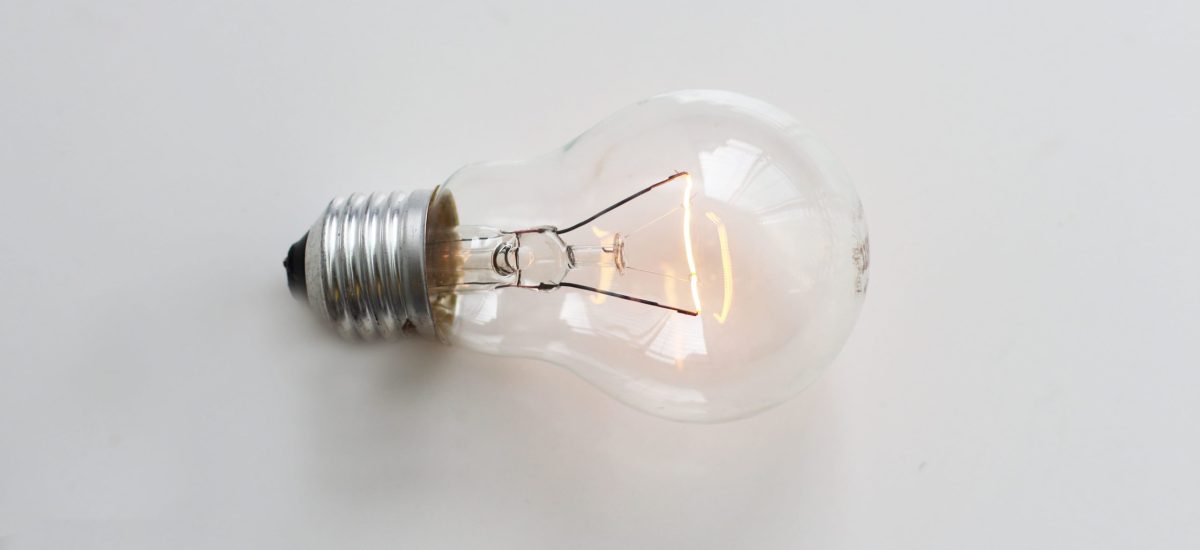
What is energy?
In physics, energy is the intrinsic capacity of bodies to do work; also, the ability to transform themselves or stimulate changes in others. It is a very broad concept that encompasses a multitude of very diverse phenomena.
From magnetic forces, through sunlight, and extending to the chemical reaction triggered in combustion…that's energy. Of course, the manifestations with which they appear in the world are very different, but at the end of the day it is about energy.
Let's see what these main forms of energy are and what they consist of.
Main types of energy in the world
Mechanical energy
This is the type of energy that quintessentially comes to mind.
Kinetic energy
It is about the energy that we see every day: the one that manifests itself in an evident way in the movement of physical bodies. This energy of moving bodies is kinetic energy. But it is not the only manifestation of mechanical energy.
Potential energy
mechanical energy is also considered. It refers to the stored energy of a body thanks to the position in which said body is; position that must be considered with respect to its field and with respect to other bodies.
There is a relationship between potential energy and kinetic energy. Take, for example, a ball at the top of a ladder. We will say that this ball has greater potential energy than another that is at ground level; for at any moment, by applying a force to it, it can fall downward and convert its potential energy into kinetic energy.
Chemical energy
This is a type of energy that we interact with on a daily basis without realizing it. Chemical energy consists of the formation or breaking of the chemical bonds of some elements, giving rise to other elements or releasing potential chemical energy.
Chemical reactions are the visible phenomena that we can most easily identify in the world. Think, for example, of combustion or oxidation.
heat or thermal energy
It is a type of energy that can be inscribed within kinetic energy. Why? Because, essentially, the heat of a body consists of the movement of the particles that make up a body and are not perceived visually.
So the particles of a body whose temperature is lower in relation to the temperature of another body will have lower speed than the particles of this second body.
Electric power
It is undoubtedly the most evident type of energy in our daily activities, given our tendency to use appliances and electronic devices.
Electrical energy, defined as the potential difference between two points (made possible by the free flow of electrons in a conducting material), comes in two forms.
Static electricity
This appears when a body has an excess or overload of electrons (a certain electrostatic charge) and abruptly transfers them to another body.
dynamic electricity
Here, as its name reveals, the electric charge is in motion: the free electrons travel through one or more conductive materials that form a closed circuit.
electromagnetic energy
Electromagnetic energy is that energy stored and present in a space due to the presence of an electromagnetic field. It is normally expressed in terms of electrical energy and magnetic energy. But that's not saying much.
Such an electromagnetic field generates energy due to the movement of electric and magnetic particles. This movement is known as electromagnetic waves. Currently, electromagnetic energy has many applications, which we will discuss later.
For the moment, before knowing what the types of energy are and how they present themselves at home, it is worth knowing what the properties of energy are in general.
energy properties
At school we will always have been told that "energy is neither created nor destroyed, it is only transformed". It is a very true maxim that is widely known, in it the four different properties of matter are synthesized.
- Becomes: it does not arise spontaneously out of nowhere: it passes from one type to another, from mechanical to electrical, for example.
- Is preserved: cannot be destroyed, it is preserved by changing its form; like electrical energy that becomes light: there is still energy, but in another form.
- Is transfered: energy can pass from one body to another; think of the heat, for example.
- Degrades: Although energy cannot be destroyed, it can be degraded.
How can it degrade? In transformation processes, for example an electrical generator that transforms mechanical energy into electrical energy, not all energy is efficiently transformed into electricity. Some of this energy is converted into other unwanted forms, such as noise, heat, or vibration.
Types of energy in the home
It could be said that our efforts to achieve a more comfortable life consist of redirecting nature. We mold it, we shape it, we adapt it. From wood we make a bed or a chair, or we use the force of the wind to move a mill; under our own parameters of aesthetics, functionality, efficiency and other similar ones, we adapt matter and energy to our human world.
And the space of the human world, usually the home. This is where the main machines, devices, tools, gadgets and artifices that, in one way or another, we have adapted to facilitate or improve our existence are found first-hand.
These elements have been designed precisely to redirect the force and energy that seems so indomitable in nature.
think. for example, in a washing machine: its operation takes advantage of centrifugal and centripetal forces. And you have to see that the centripetal force, which is a form of kinetic energy, we find it and we know it in the world as the force of gravity.
The same happens with electrical energy. In nature, its most obvious manifestation is lightning. But we have managed to manipulate such energy, giving it a friendly and reliable look behind the outlet.
The case of electromagnetic energy is especially commendable today. The electromagnetic spectrum is divided into regions by virtue of energy frequency and wavelength.
Thus, ionizing and non-ionizing radiation can be classified. Among the first we find X-rays or GAMMA rays. But among the latter, the non-ionizing ones, we find the energy used by televisions, radios, microwave ovens, and mobile phones.

Hurricane season is a critical period for Puerto Rico, and being prepared can make the difference between safety and danger. In
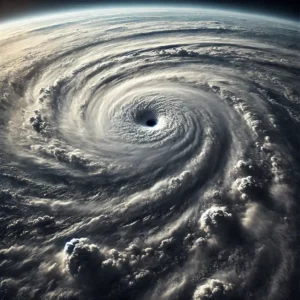
Understanding how a hurricane forms allows us to be one step ahead and prevent the devastating effects of these natural phenomena. Especially in areas
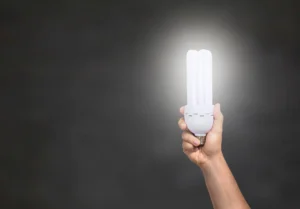
In a world where energy efficiency is increasingly a priority, learning to save energy has become a crucial need for both
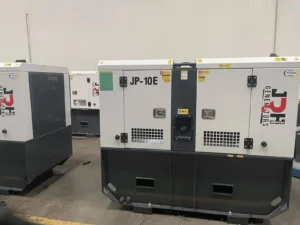
In a world that doesn't stop, the need for a reliable and continuous power source is more crucial than ever. At JRH Power
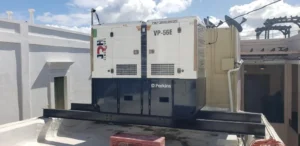
Have you ever wondered how electricity becomes a constant in our lives, even in the most critical moments? At JRH Power
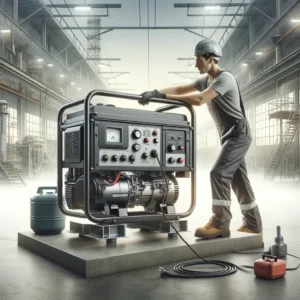
In our modern world, where electricity is vital, power outages are a frequent reality. Know how to connect a generator to the house
